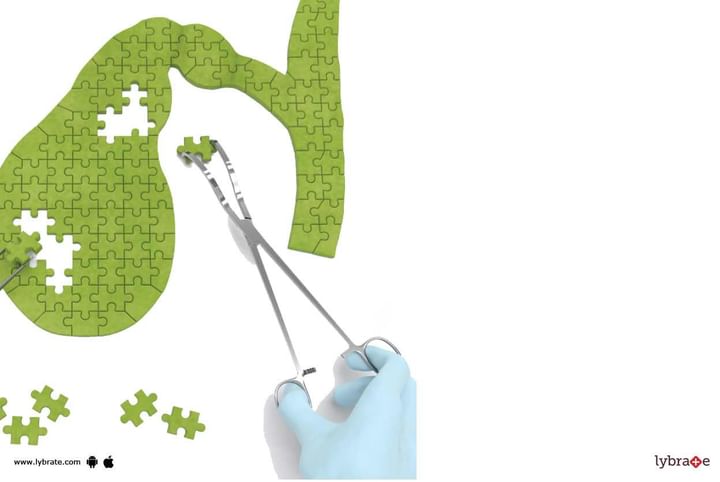What Is Laparoscopic Cholecystectomy?
Gallbladder removal is one of the most commonly performed surgical procedures. Gallbladder removal surgery is usually performed with minimally invasive techniques and the medical name for this procedure is Laparoscopic Cholecystectomy or Laparoscopic Gallbladder Removal.
The gallbladder is a pear-shaped organ that rests beneath the right side of the liver. Its main purpose is to collect and concentrate a digestive liquid (bile) produced by the liver. Bile is released from the gallbladder after eating, aiding digestion. Bile travels through narrow tubular channels (bile ducts) into the small intestine. Removal of the gallbladder is not associated with any impairment of digestion in most people.
What Causes Gallbladder Problems?
Gallbladder problems are usually caused by the presence of gallstones which are usually small and hard, consisting primarily of cholesterol and bile salts that form in the gallbladder or in the bile duct.
It is uncertain why some people form gallstones but risk factors include being female, prior pregnancy, age over 40 years and being overweight. Gallstones are also more common as you get older and some people may have a family history of gallstones. There are no known means to prevent gallstones.
These stones may block the flow of bile out of the gallbladder, causing it to swell and resulting in sharp abdominal pain, vomiting, indigestion and, occasionally, fever. If the gallstone blocks the common bile duct, jaundice (yellowing of the skin) can occur.
Diagnosing:
1. Ultrasound is most commonly used to find gallstones.
2. In a few more complex cases, other X-ray tests such as a CT scan or a gallbladder nuclear medicine scan may be used to evaluate gallbladder disease.
Gallstones do not go away on their own. Some can be temporarily managed by making dietary adjustments, such as reducing fat intake. This treatment has a low, short-term success rate. Symptoms will eventually continue unless the gallbladder is removed. Treatments to break up or dissolve gallstones are largely unsuccessful.
Surgical removal of the gallbladder is the time-honoured and safest treatment of gallbladder disease.
What are the Advantages of Performing Laparoscopic Gallbladder Removal?
1. Rather than a five to seven-inch incision, the operation requires only four small openings in the abdomen.
2. Patients usually have minimal post-operative pain.
3. Patients usually experience a faster recovery than open gallbladder surgery patients.
4. Most patients go home the same day of the surgery and enjoy a quicker return to normal activities.
TIPS FOR HEALTHY GALL BLADDER:
Lifestyle changes in a patient having gallstone-
• Maintain a healthy weight
• Avoid rapid weight loss
• Eat anti-inflammatory diet (Bell pepper, citrus fruits, green leafy vegetables, tomatoes, milk, fish, beans, nuts, lentils)
• Regular exercise
• Supplements – Vitamin C, Iron, Lecthin
Foods to avoid to reduce risk of gallstone:
• Avoid high fat, greasy and fried foods
• Add fiber to your diet
• Avoid caffeinated drink, high-fat dairy produce and very sweet food
• Eat several small meals per day
• Drink sufficient amount of water (8-10 glasses /day)
After gall bladder removal one may experience loose or watery stools. Removing the gall bladder involves rerouting the bile from the liver to small intestine. Bile no longer goes through the gall bladder and it becomes less concentrated. The result is a laxative effect that causes diarrhea. To treat this, a diet low in fat and high in fiber should be taken.



+1.svg)
